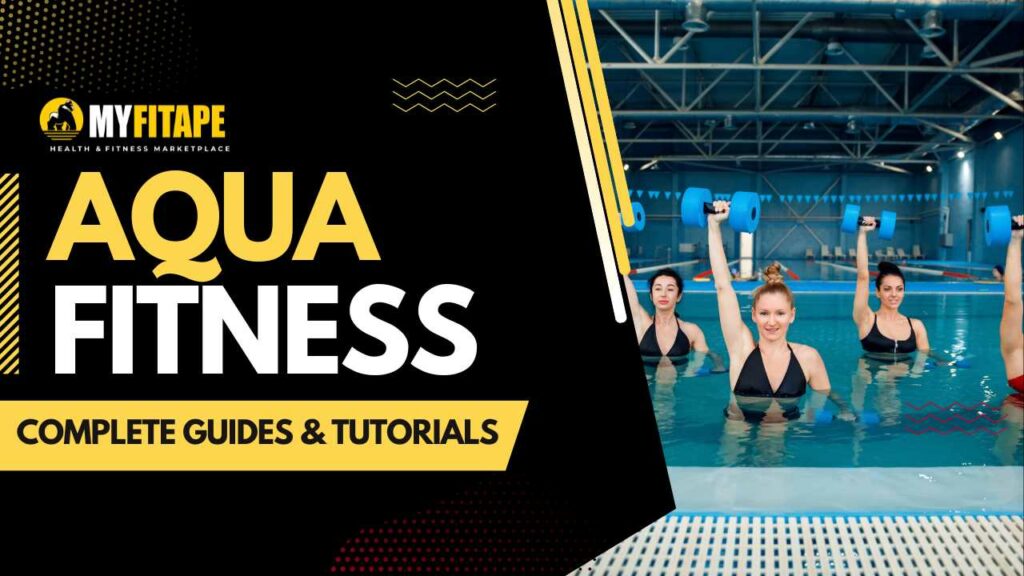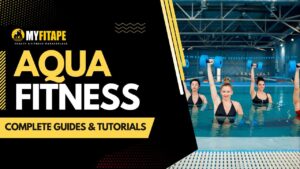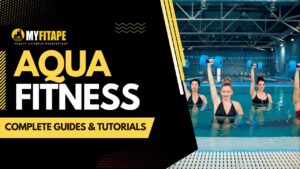Swimming is an excellent full-body workout and a great way to relax and stay cool in the summer months. Knowing all the basics of swimming before you dip a toe in the water can help you have a more enjoyable and safe experience. Here’s a beginner’s guide to swimming so you can feel confident and know everything you need to before your first class.
Safety Guidelines
- Always swim with a buddy.
- Know your abilities and physical limitations.
- Be aware of your surroundings, any hazards, and the depth of the water.
- Follow the pool’s posted rules.
- Never dive or jump into unfamiliar or shallow water.
- Be sure to go to the bathroom before getting in the pool.
- Wear the proper swim attire for your pool.
Strokes
- Front Crawl – This style of swimming involves alternate arms pulls creating a figure-eight motion while the legs flutter in a scissor style.
- Breaststroke – This exercise is slightly more challenging than the front crawl as it involves coordinated leg and arm movement.
- Backstroke – This style of swimming is similar to the front crawl in the alternate arm pulls pattern. The difference is that it is done in the back position.
- Butterfly – This style is the most advanced style as it involves coordination of body, arms, and feet. The arms move in a simultaneous butterfly motion and the feet kick like a dolphin.
Breathing
The most important part of swimming is breathing. Taking the right amount of oxygen can help prevent fatigue and lengthen a swim. Here are a few tips for efficient breathing:
- Take short, shallow breaths while swimming.
- Exhale slowly and fully underwater.
- Keep your face relaxed and in the water.
- Take deep breaths to relax and pace yourself.
FAQ
- Do I need to wear a swim cap? – In a public pool, it’s not necessary but wearing a swim cap may help protect your hair from chlorine and keep it from getting in your face.
- What type of goggles should I get? – It depends on your individual needs. For swimming in a pool, a regular swim goggle should suffice. However, if you’re planning on swimming in open water, you may want to look into purchasing a pair of prescription swim goggles.
- How can MYFITAPE help? – MYFITAPE can help you find swimming classes, dives, and pools in your area. You can also find swimming instructors, equipment and more.
Have Fun and Stay Safe!
Swimming can be a great way to relax, stay cool, and get some exercise. Remember to stay safe and have fun. With the right knowledge and preparation, you can be sure to have a successful and enjoyable experience in the pool.





